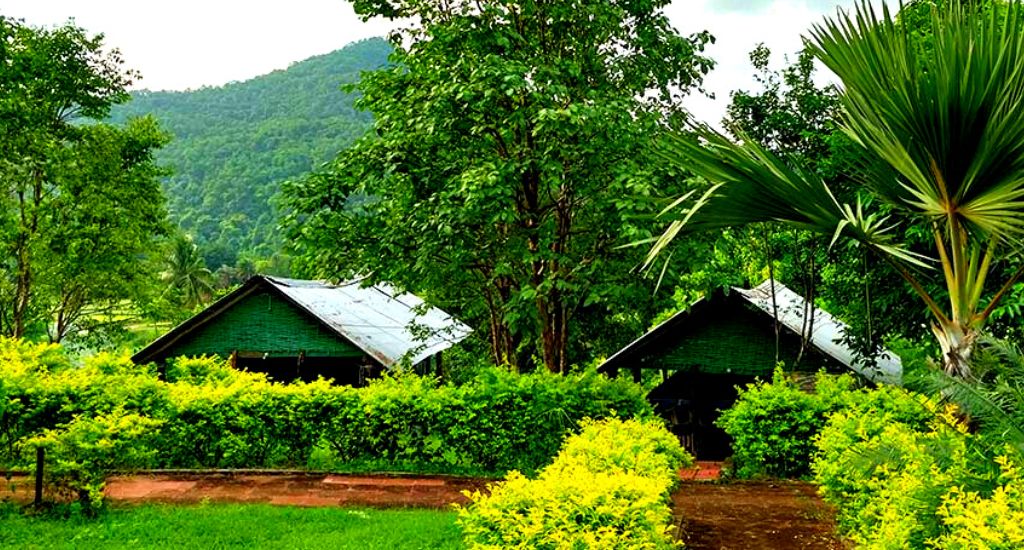
Win-win for women working in eco-tourism camp
While five eco-tourism camps in Odisha’s picturesque Satkosia Tiger Reserve offer a nature retreat for tourists, they also boost both the confidence and income of the women workers.

While five eco-tourism camps in Odisha’s picturesque Satkosia Tiger Reserve offer a nature retreat for tourists, they also boost both the confidence and income of the women workers.
Rupei Bhoi, 40, is adept at turning out tasty dishes. So it is no surprise that her culinary skills landed her a job at the Bhagamunda eco-tourism camp in Satkosia Tiger Reserve.
Nestled among the greens with a backdrop of blue hills, the Bhagamunda camp has five cottages to cater to tourists.
Bhagamunda is a picturesque village situated inside the Satkosia Tiger Reserve. Though Satkosia does not have tigers now, there are plans of reintroduction.
The beautiful Satkosia gorge helps tourists breathe in nature and observe the abundant wildlife. The Mahanadi River bisecting the reserve is one of its major attractions. Boat rides can reveal Marsh crocodiles, gharials and even the critically endangered Batagur kachuga turtle live in the river.
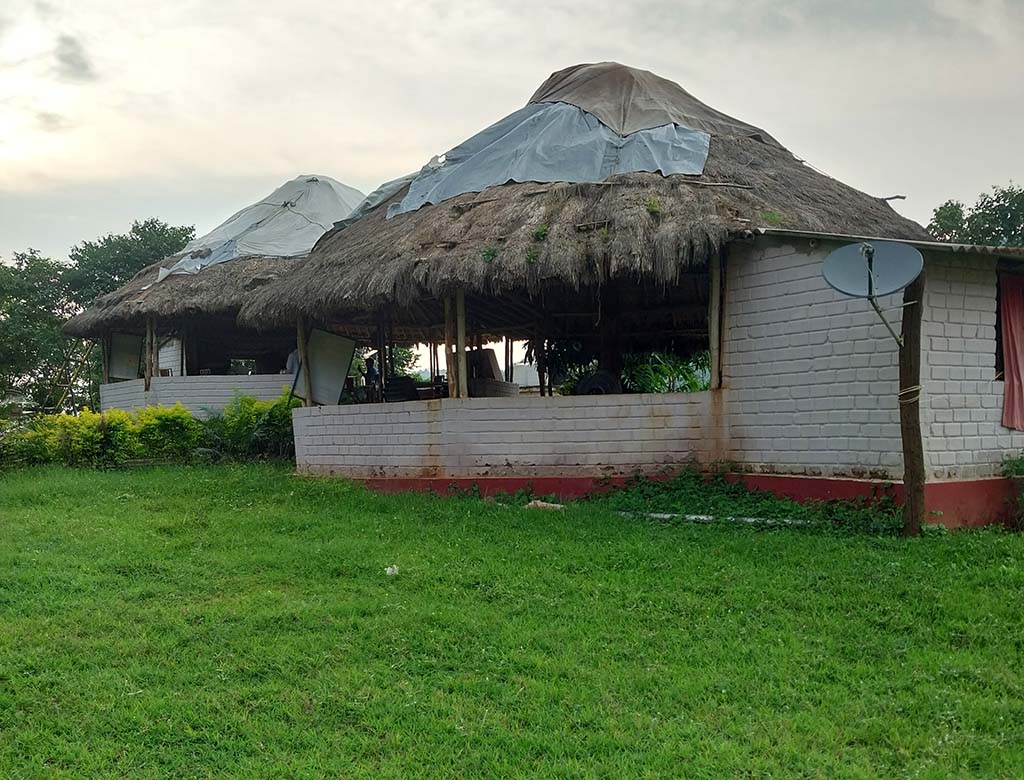
Started in 2016 the Bhagamunda eco-camp offers treks through these scenic landscapes.
With five such eco-tourism camps inside the reserve spread over 968 sq km, the benefits that women like Bhoi enjoy go beyond economics.
Bhoi has been working in the camp since it opened. During the peak season from October to March, she earns Rs 15,000 on an average each month.
“My husband does casual work for the forest department. As we have two children, my work enables us to manage household expenses,” she said.
Thanks to the eco-tourism initiative, locals are getting a good exposure. Women have become smarter
Shatrughan Pradhan
But what she prides herself on is that she can understand and speak some Hindi now – Odia being her mother tongue.
“Learning a new language makes me comfortable with tourists,” Bhoi told Village Square.
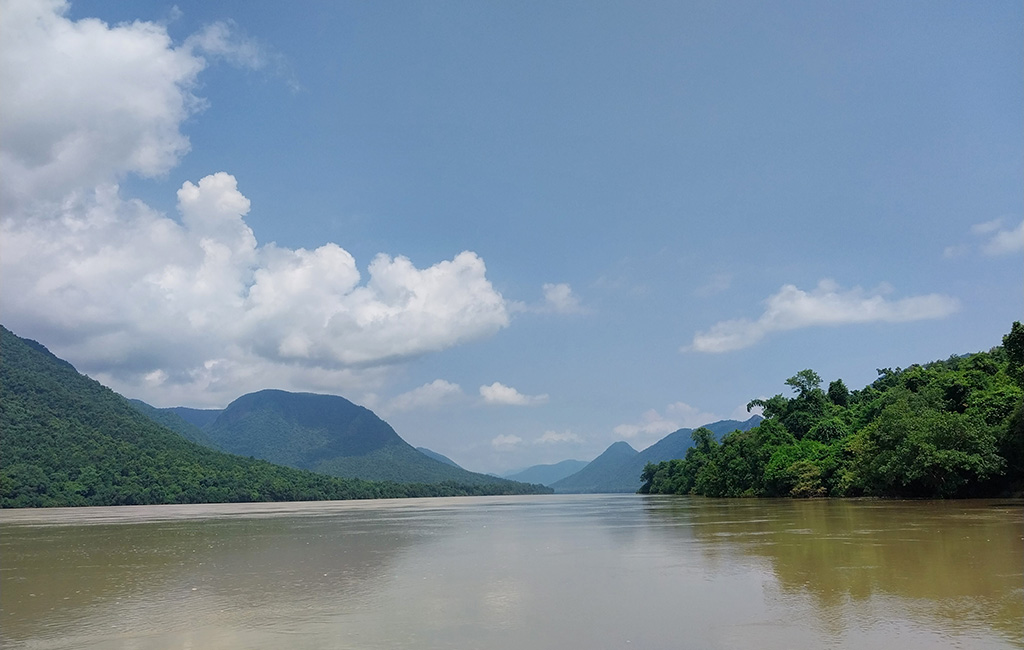
The Bhagamunda camp where Bhoi works had a smooth run before the pandemic. Now it is trying to get back up to full occupancy.
“Thanks to the eco-tourism initiative, locals are getting a good exposure. Women have become smarter,” said caretaker Shatrughan Pradhan.
For Sunita Naik, a school dropout with three children, working at the Tikarpada camp is a win-win situation. She joined after her husband Ranjit Naik passed away in 2015.
Naik, who cooks and maintains the kitchen, said since she joined the camp her personality has changed, especially her confidence. She can now speak with assurance to the guests.
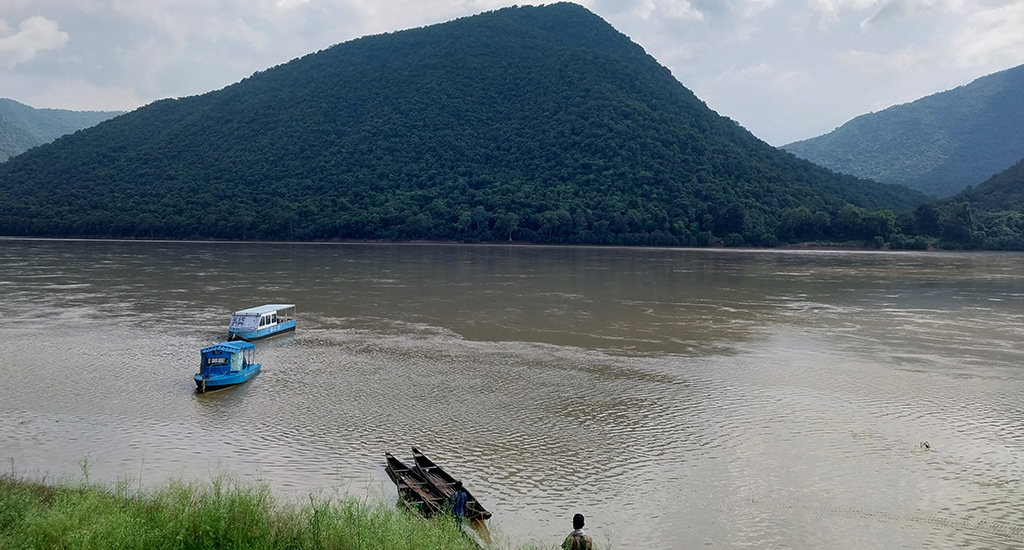
“I want to engage with tourists more but don’t find much time. With visitors from Bhubaneswar and Cuttack, I talk in Odia. I speak Hindi haltingly with the others and am still trying to learn the language,” she said.
Sunita Naik earns up to Rs 15,000 during the peak season. Her off-season income is around Rs 3,000 per month or even less. Yet this is her only source of income as she has no farmland.
Odisha’s principal chief conservator of forest Susanta Nanda, who was instrumental in developing the camps, said tourism was a by-product and the main aim was to ensure income for the local people.
Though there are no cultivable lands at Tikarpada, farming was the main occupation, according to Amali Dehuri, president of Bhagamunda camp. Before the camps were started, the landless villagers were engaged in labour work.
Tikarpada is where the foundation stone for the second dam on the Mahanadi River after Hirakud was laid.
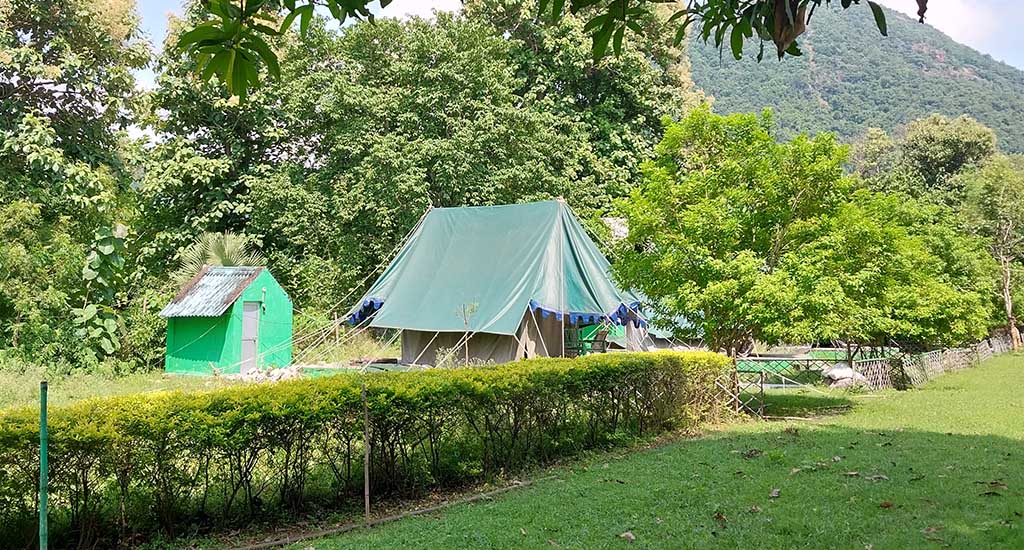
“At that time labourers came from outside and settled down but had no means of income. The camp was started to give them jobs,” Nanda told Village Square. “There was also a lot of distress after forest activities were reduced and timber felling stopped.”
Nearly 70 villagers benefit from the eco-tourism camps now.
About 90% of the tourists come from West Bengal followed by Andhra Pradesh, Bihar and Jharkhand.
The camps have tents charged at Rs 3,500+ and cottages costing Rs 4,500.
Most tourists prefer the Tikarpada nature camp near the river. It is the oldest camp set up in 2006 and managed by the 60-member Tikarpada Paribesh Paryatan Samiti of Ghatosai hamlet.
Malaika Humpy and Ayush Mitra, who had come from Bhubaneswar, agreed that Tikarpada is a good weekend getaway.
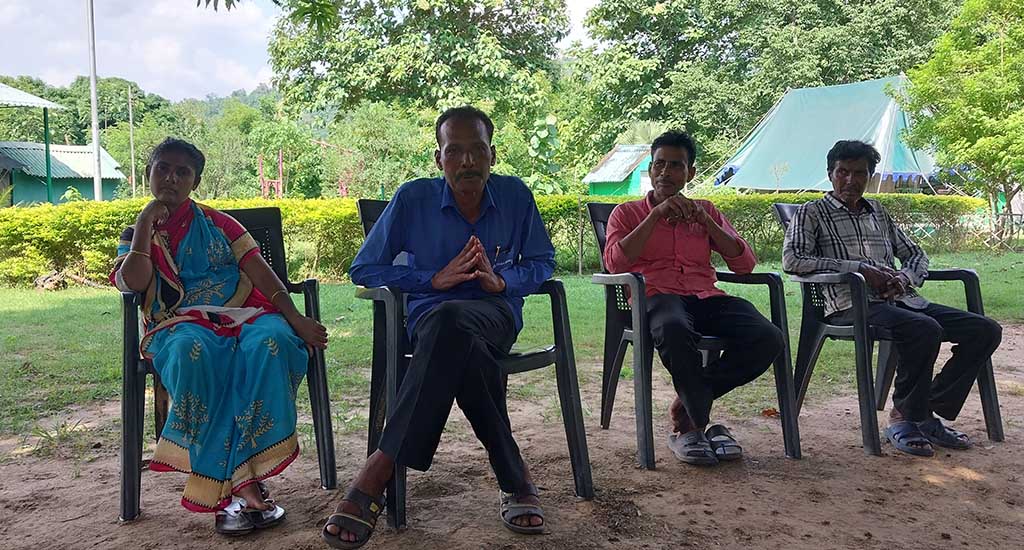
Last year 300-odd tourists visited Bhagamunda and the team earned more than Rs 6.5 lakh. The Tikarpada Parivesh Paryatan Samiti earned nearly Rs 25 lakh from 1,402 tourists. With nearly 3,000 visitors at the Chhotkei camp last year, the villagers’ revenue was Rs 20 lakh.
As Amali Dehuri pointed out, tourism is a great initiative that has benefitted villagers.
The lead image shows the eco-tourism camps within the Satkosia Tiger Reserve, which offer perfect weekend getaways (Photo by Deepanwita Gita Niyogi)
Deepanwita Gita Niyogi is a journalist based in New Delhi.